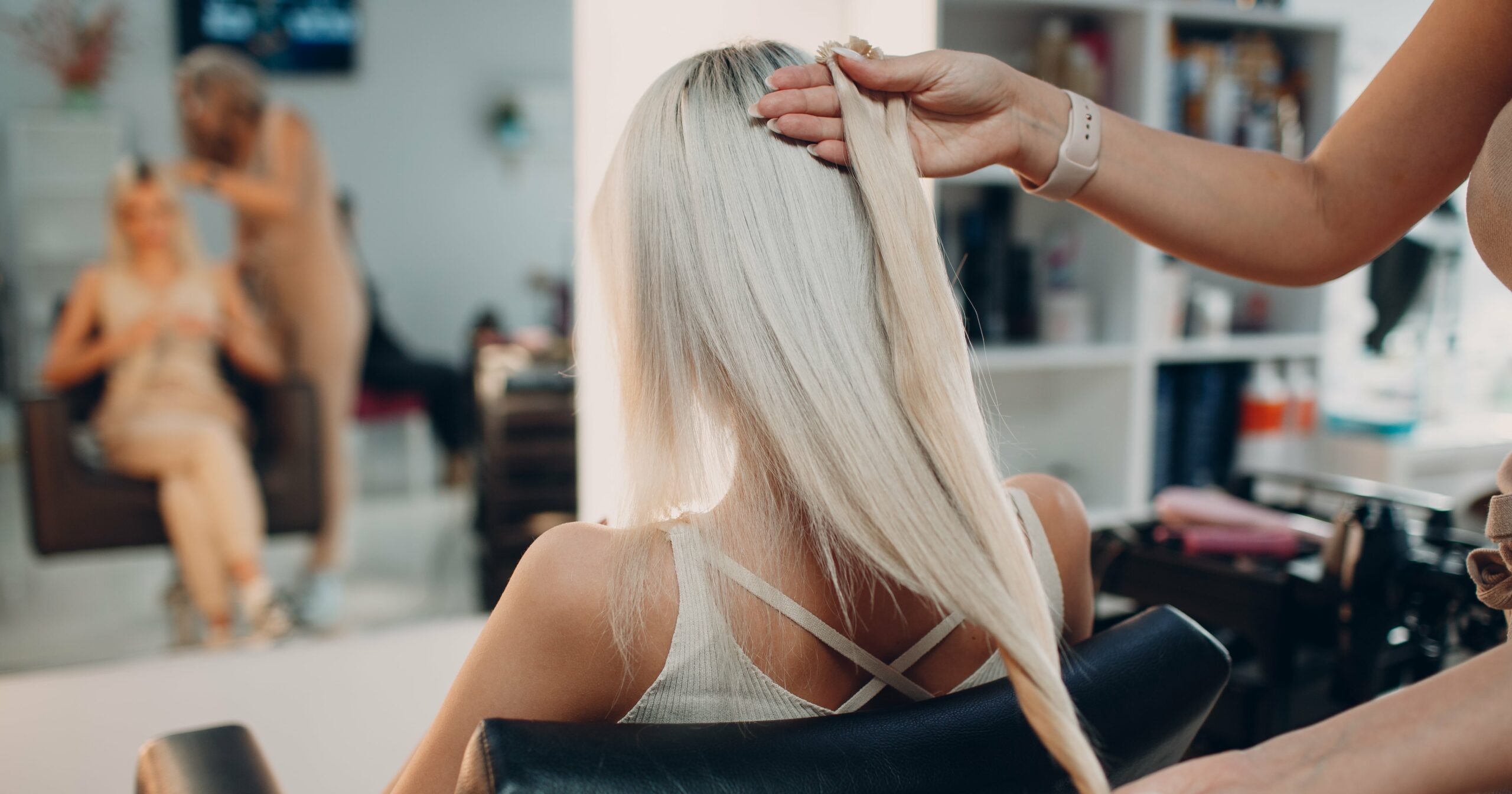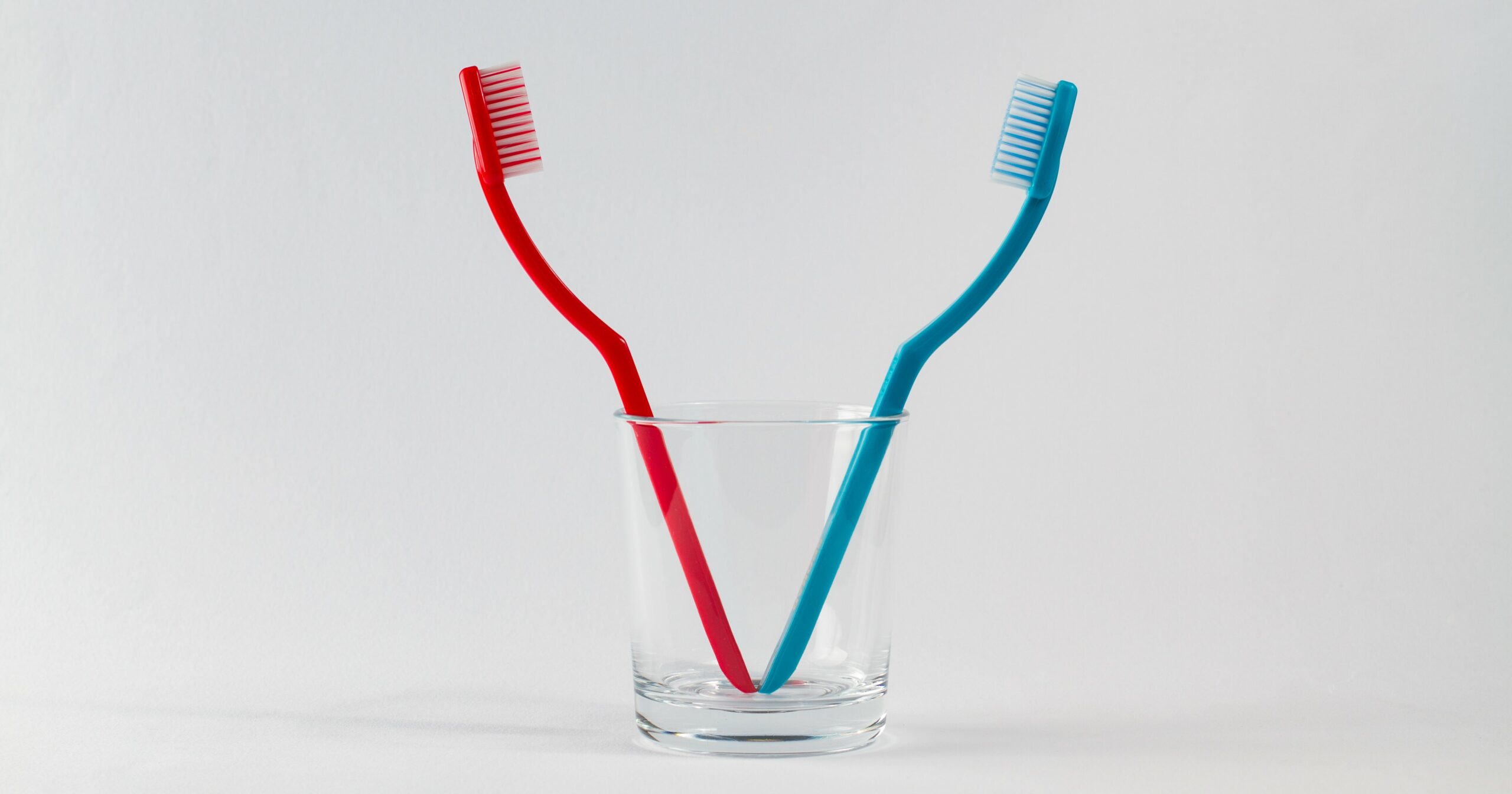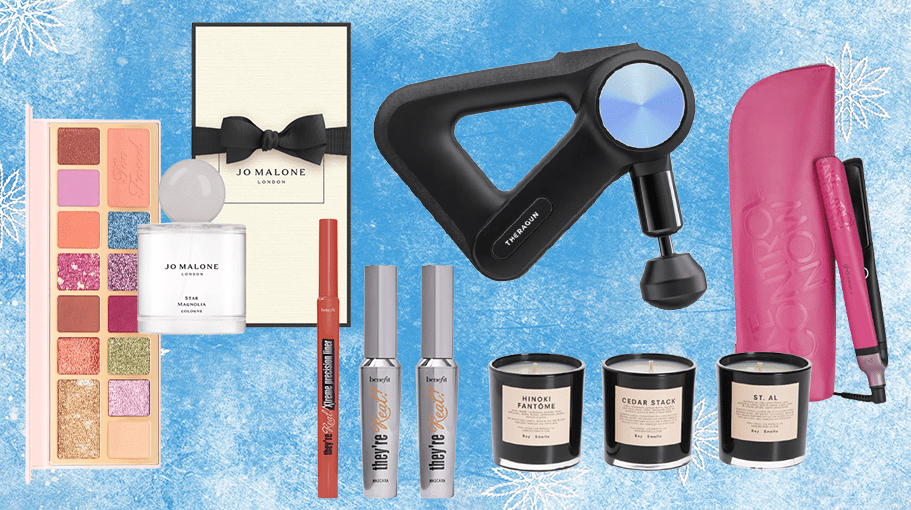Afros, braids, locs, twists, cornrows: the versatility of Black hair is undeniable. You can wear curls one day and show up the next with a pin-straight ‘do just because you wanted to channel a different energy. That said, we may have a favorite in sew-in hairstyles. Let us explain.
Sew-ins hairstyles have come a long way from being the bulky, unblended styles we used to wear in the early aughts. In fact, the protective style can allow you to achieve almost every single look we mentioned above, all without the damage that comes from using heat and physical manipulation to style your hair. Still, if you’re not familiar with the process, the popular technique may still be shrouded in mystery. That’s where we come in.
Whether you’re ready for your sew-in era or you just want to have a few more styling options to keep in your back pocket, we asked a hairstylist to explain everything you should know about sew-in weave hairstyles – from the different types you can get to how to keep your hair healthy underneath an install.
Experts Featured in This Article
Martika Cogdell is a Brooklyn-based hairstylist.
What Are Sew-Ins?
While often referred to as a style, a sew-in is actually a technique used to install hair extensions where you “sew in” hair to your braids. “They are an extension service that normally consists of a cornrow braided base that hair wefts can be sewn on top of using a needle and thread,” hairstylist Martika Cogdell tells PS. The act of sewing hair or hairpieces onto the head has been around for decades, but it wasn’t until fairly recently that sew-ins as we know them came to be. “An African American woman named Christina Jenkins is the one who patented the technique that is now widely used,” Cogdell says. “The method we know today originated around the 1950s thanks to her.”
Different Types of Sew-Ins
If you’re unfamiliar with sew-ins, you may not know that there are different types you can get. If you’re just now getting onto the bandwagon, there are a few techniques worth noting.
- Partial sew-ins: this type leaves out the perimeter of your hair (also known as your edges) as well as the area you may want to part.
- Closure sew-ins: this is when your entire head of hair is braided down and a lace hairpiece is sewn onto the top of your braids.
- Vixen sew-ins: when tracks of hair are sewn into four equal sectional parts of the head, offering more styling versatility.
Of the three, partial sews are the most popular, thanks to the seamless blend between your natural hair and the extensions. Still, depending on how closely the extensions you use match your hair, you may have to use heat to blend the two more frequently.
How to Keep Your Hair Healthy With Sew-Ins
The best part about sew-in hair is that it’s extremely low-maintenance, but that doesn’t mean you should neglect your hair underneath. “I recommend going to get your install washed on a biweekly basis at your local salon,” Cogdell says. “If you’re washing your install on your own, invest in a hooded, portable dryer to be sure that your braids are completely dry underneath the install before doing any type of styling.” This prevents the possibility of mildew buildup, which could lead to a host of other hair and scalp health issues if left unaddressed for too long.
As a final step, Cogdell recommends lightly oiling your scalp a few times weekly to reduce dryness.
Sew-In Hairstyle Tips
Now that you’re well on your way to understanding sew-ins, there are a few additional tips to consider before you commit to the look. “Understanding your hair in its current state as well as your goals style wise will ultimately help you decide which sew-in method will work best for you,” Cogdell says. Additionally, choosing high-quality hair is always recommended when getting a sew-in. This means your extensions shouldn’t shed easily, don’t get too tangled, and can easily bounce back to life after a good wash. We highly recommend the
For your overall hair health, also make it a point to avoid braids that are too tight. “You want to reduce the amount of tension underneath the sew-in as much as possible,” Cogdell says. This helps to address issues like sensitive scalp or traction alopecia when you get your sew-ins. Lastly, do not use excessive amounts of heat on any leave during your installation or when styling your hair at home to reduce the potential for breakage and long-term damage to your hair.
Look at you: a newly minted sew-in master. Don’t have too much fun experimenting with all your future extension styles. If you didn’t believe us about sew-ins being one of the more superior styles before, you will after you get that install. In the meantime, get some sew-in hairstyle inspiration ahead.




